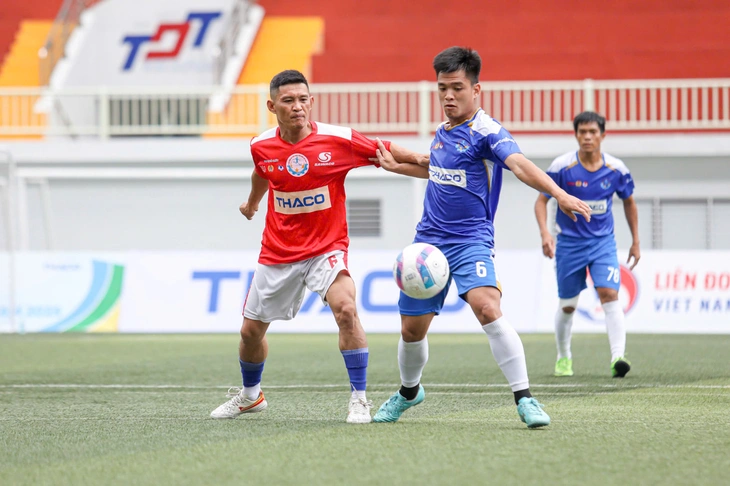
Thigh muscle tear is a very common injury among football players - Photo: QUANG DINH
Specialist Doctor I Bui Chi Khang, Department of Sports Medicine, Military Hospital 175 - a companion unit of the 2025 Vietnam Workers and Civil Servants Football Tournament, said:
“Thigh muscle tears are very common in sports that require continuous twisting and movement at high intensity, such as football.” Understanding this injury and how to prevent it is extremely necessary to protect your health and maintain your passion for the round ball.
Recognizing a thigh muscle tear
A thigh muscle tear is a condition in which the muscle fibers in the thigh area are damaged or torn due to overuse or sudden impact. Dr. Khang said that unlike normal muscle fatigue, a muscle tear injury often occurs suddenly and the player can feel it immediately.
The first and most obvious sign is a sudden, sharp pain, as if something were stabbing into the torn muscle, for example while kicking a ball or running quickly.
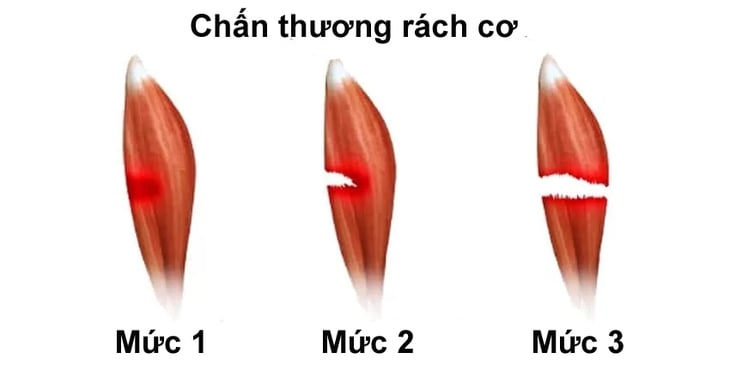
Grades of hamstring injuries
Soon after, the affected area will quickly show other symptoms. The pain will become more intense with movement or even with light pressure.
The torn muscle area will also swell due to internal bleeding and inflammation, making it difficult for the injured person to walk, flex and extend the leg and unable to continue playing. After a few hours or days, a bruise may appear due to blood pooling under the skin.
Don't be subjective.
Many amateur soccer players often have a subjective mentality, take muscle pain lightly and try to continue playing. However, Dr. Khang warns that not handling it properly and promptly can lead to serious consequences.
"If not properly rested and treated, the small tear can become more severe, the recovery process will be much longer and more complicated. The injury can become chronic, easy to recur and have long-term effects on mobility. Even forcing the player to give up football," he emphasized.
Prompt action at the time of injury is the "golden key" to a smooth recovery process.
As soon as you notice any signs of a muscle tear, you should stop playing immediately. Trying to continue will only make the injury worse. Then, you need to apply ice properly.
Doctor Bui Chi Khang instructed: "Use a towel to wrap the ice pack and apply it to the painful area for about 15-20 minutes. This helps relieve pain, reduce swelling and constrict blood vessels, limiting internal bleeding. Absolutely do not apply ice directly to the skin."
Finally, the injured person needs to rest completely, limit movement and should go to a medical facility to be examined by a specialist.
Advice from the experts
To minimize the risk of thigh muscle tears, Dr. Bui Chi Khang recommends that soccer players need to develop scientific training and competition habits.
A thorough warm-up is the most important but often overlooked step. Spend at least 15-20 minutes warming up, doing full-body warm-up exercises and especially stretching movements for the quads, hamstrings and groin.
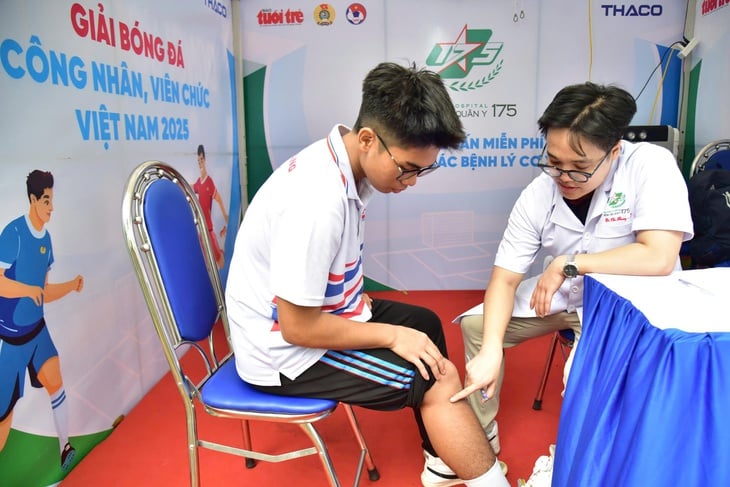
Doctor Bui Chi Khang - Military Hospital 175 - consultant at the 2025 Vietnam Workers and Civil Servants Football Tournament - Photo: TRI DUC
In addition, building a good physical foundation with strong, flexible muscles will help the body endure better with high intensity exercise. Players also need to equip themselves with the correct techniques in running, stopping, turning and kicking to reduce unnecessary pressure on muscle groups.
Although contact is part of football, players should be conscious of protecting themselves and their opponents, avoiding aggressive tackles.
Equally important, learn to listen to your body and avoid competing when you are tired or showing signs of overload to give your muscles time to recover.
A torn hamstring is a serious injury that can put a damper on anyone’s footballing passion. By being well-informed, physically prepared, and proactive, players can protect themselves from unfortunate injuries, making every game a fun and safe experience.
Source: https://tuoitre.vn/dan-da-bong-lam-sao-tranh-chan-thuong-rach-co-dui-202510142253302.htm


![[Photo] General Secretary To Lam attends the 18th Hanoi Party Congress, term 2025-2030](https://vphoto.vietnam.vn/thumb/1200x675/vietnam/resource/IMAGE/2025/10/16/1760581023342_cover-0367-jpg.webp)

![[Photo] Many dykes in Bac Ninh were eroded after the circulation of storm No. 11](https://vphoto.vietnam.vn/thumb/1200x675/vietnam/resource/IMAGE/2025/10/15/1760537802647_1-7384-jpg.webp)
![[Photo] Conference of the Government Party Committee Standing Committee and the National Assembly Party Committee Standing Committee on the 10th Session, 15th National Assembly](https://vphoto.vietnam.vn/thumb/1200x675/vietnam/resource/IMAGE/2025/10/15/1760543205375_dsc-7128-jpg.webp)




















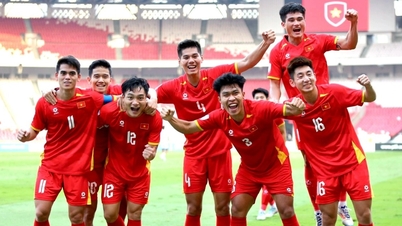




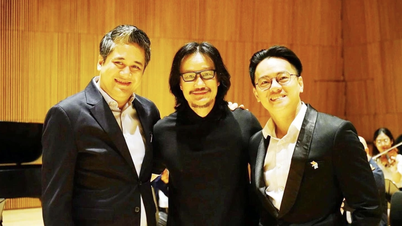




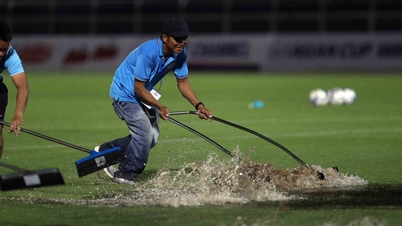
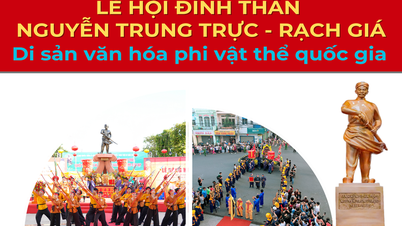
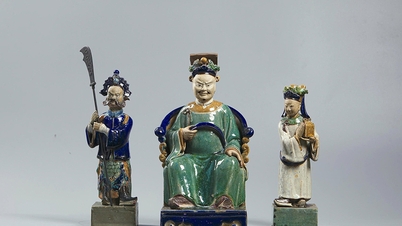

![[Video] TripAdvisor honors many famous attractions of Ninh Binh](https://vphoto.vietnam.vn/thumb/402x226/vietnam/resource/IMAGE/2025/10/16/1760574721908_vinh-danh-ninh-binh-7368-jpg.webp)


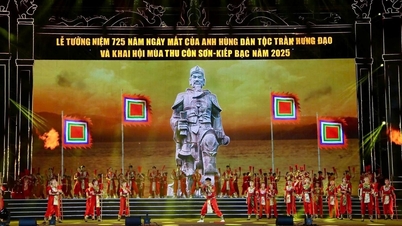

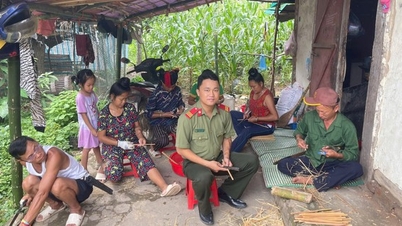





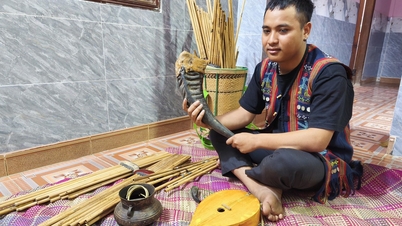




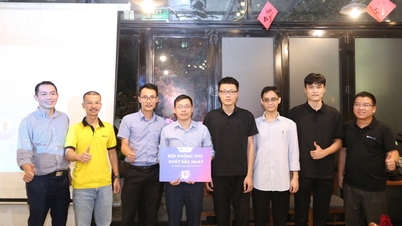
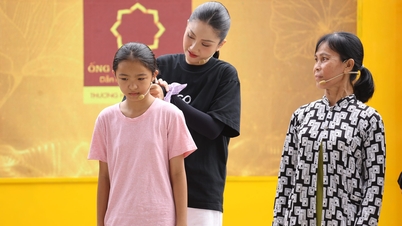

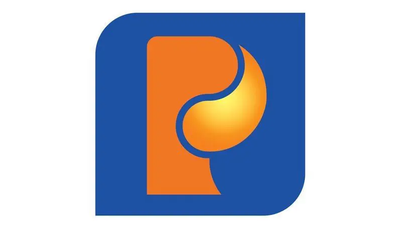












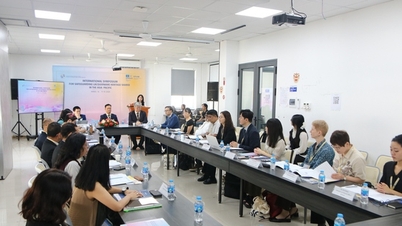

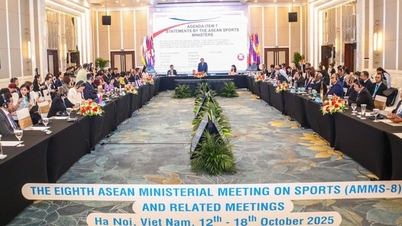
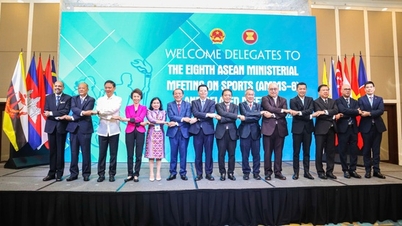
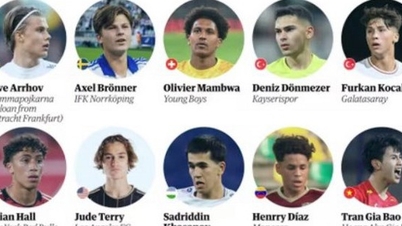

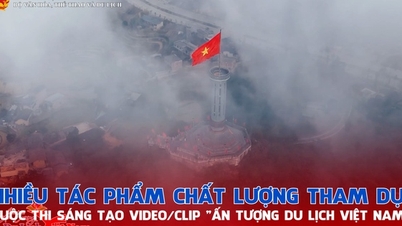
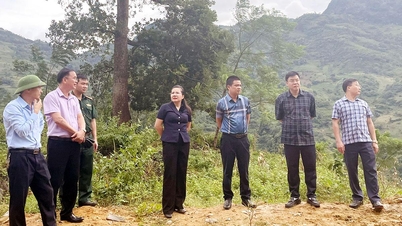



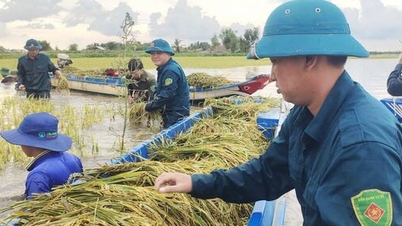

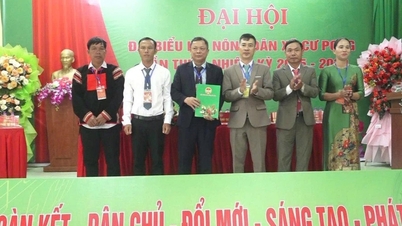

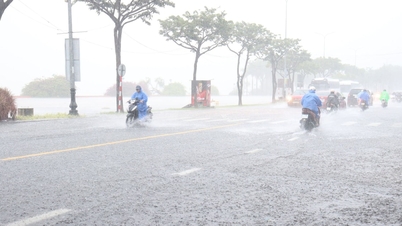














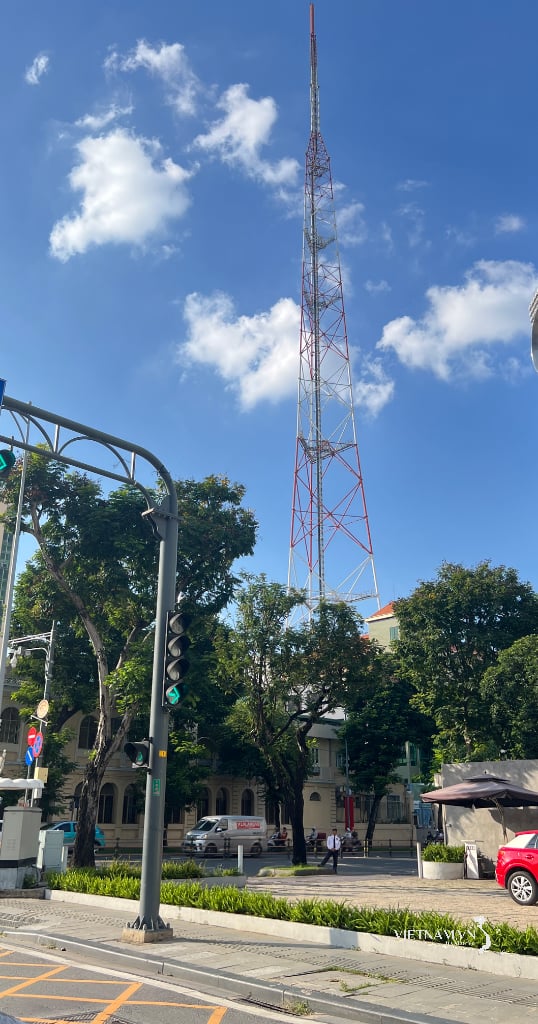



Comment (0)